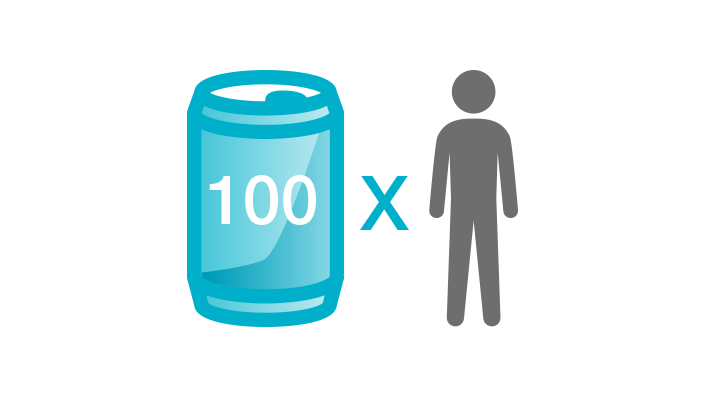The use of raw materials constitutes our biggest environmental impact. For example,approximately half of our total greenhouse gas emissions stem from raw materials. That's why we work to continuously reduce the overall usage of raw materials and to avoid raw materials that are particularly harmful to the environment.
The primary method we use to address environmental challenges is the incorporation of ecodesign-principles when developing products. A few examples:
 |
By using a few millimetres lees plastic foil for Self-Cath packaging, we saved enough to wrap the Empire State Building 4 times a year. |
 |
By using 50% less aluminium for packing our product, SpeediCath, we have saved the equivalent of 100 beverage cans per year per user.
|